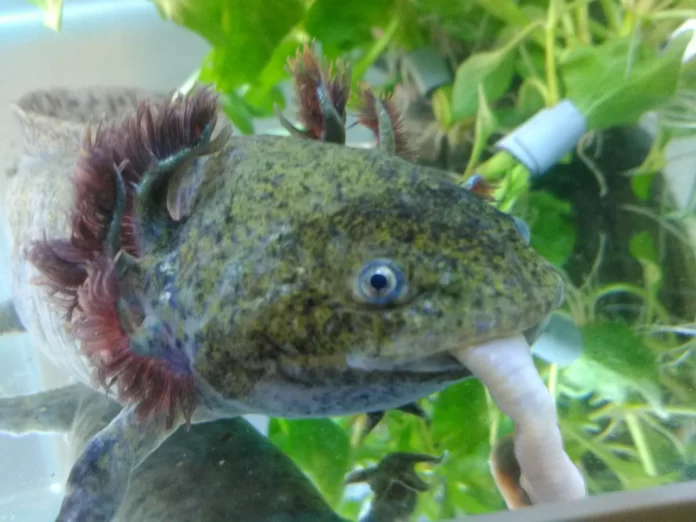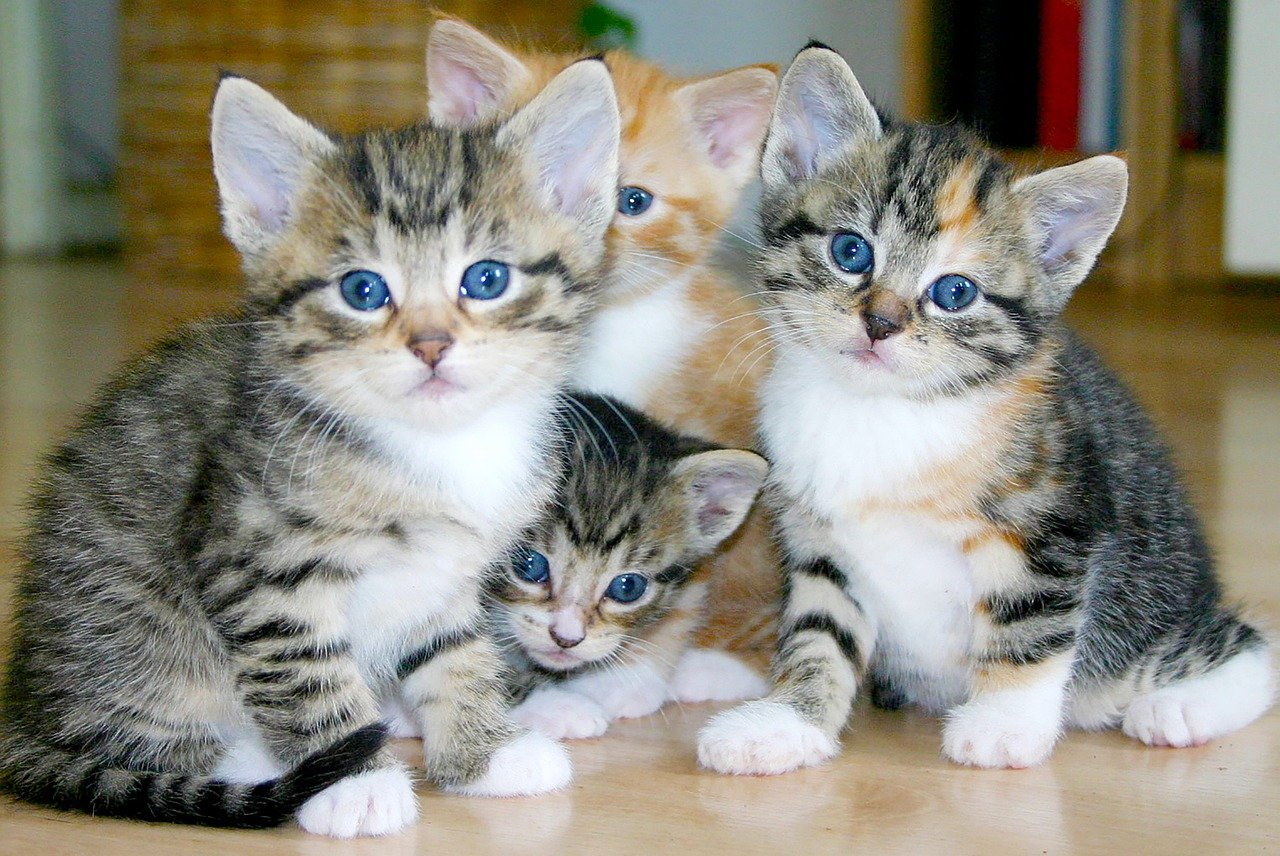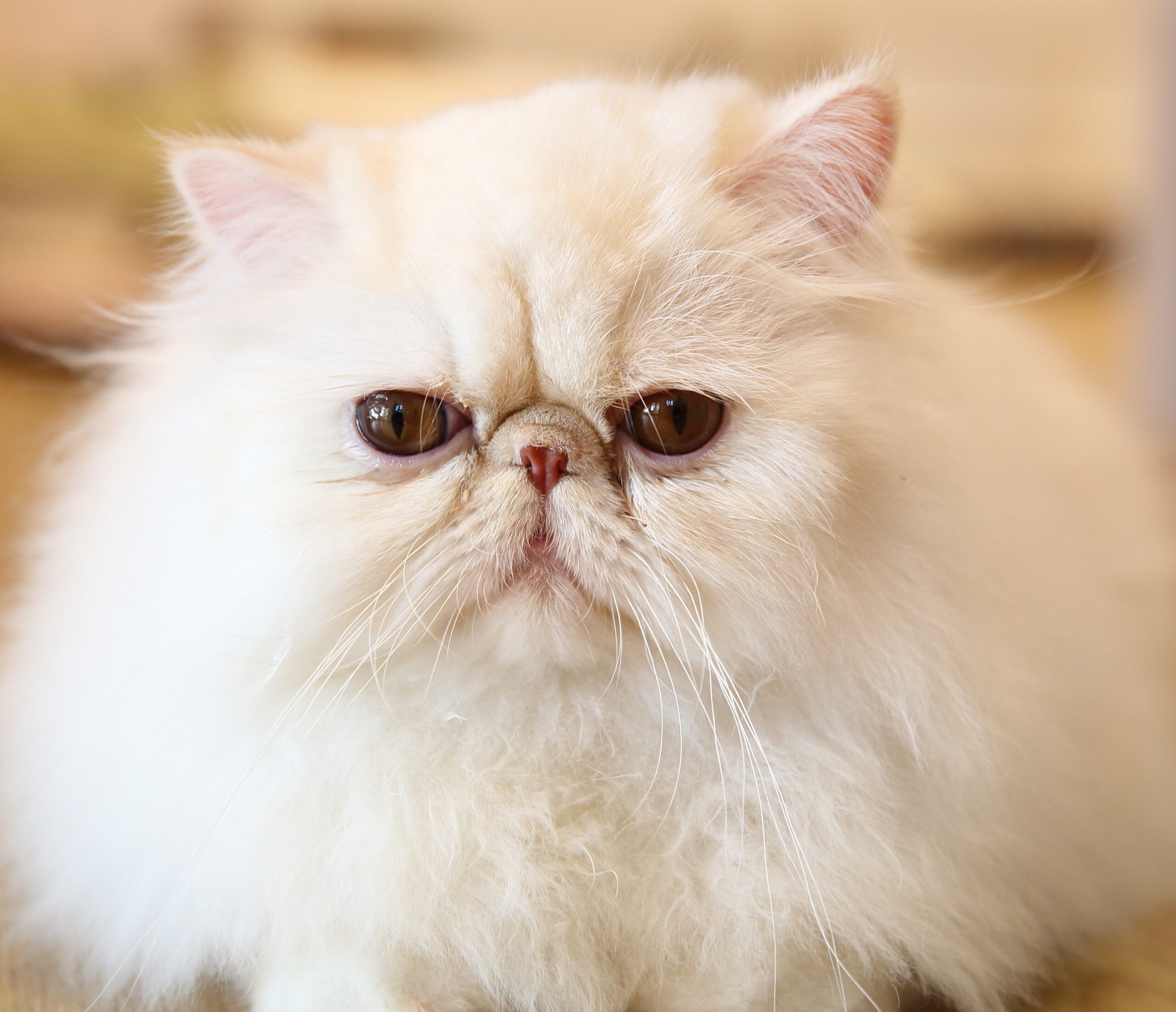Last Updated on December 10, 2023 by Fumipets
What Do Axolotls Eat in the Wild and as Pets?
Axolotls, fascinating aquatic creatures often kept as pets, have distinct dietary needs that vary between their natural habitat and captive environments. Understanding what axolotls eat is crucial for their health and well-being, whether in the wild or as cherished pets.
Axolotls
If you’re thinking about getting an axolotl as a pet, you undoubtedly already have some knowledge about this fascinating animal. For instance, the axolotl is a resident of the marshy waters and canals of Mexico City’s Lake Xochimilco. Because they are carnivores, these creatures will consume any little mammal that will fit in their jaws.
Even while captive-bred axolotls are becoming more and more well-liked in the aquarium sector, it is unfortunate that wild axolotls are in danger of being extinct. If you decide to keep one of these animals as a pet, you must ensure that you provide it with the correct care and nourishment in order to maintain its health and happiness. Axolotls grown in captivity should, for optimal results, be given a diet that is almost identical to those found in the wild. What axolotls eat in the wild and what you should feed your pet are both covered in this article.
What Do Axolotls Eat in the Wild?
The axolotl may find a variety of prey in the marshy waters of Lake Xochimilco to eat when they are hungry. Crickets, insects, mosquito larvae, slugs, worms, snails, tiny crustaceans, tadpoles of frogs, small fish, other small salamanders, and even small animals that visit the lake are a few of these creatures.
Don’t be concerned if you can’t see your axolotl devouring his meal since they can only clamp down on their prey with the assistance of their primitive teeth; they cannot chew or shred it. As an alternative, your axolotl consumes food by first suckling water into his mouth with the prey.
The food the axolotl consumes must fit in his mouth and be able to be eaten whole since it cannot be chewed by the animal. Additionally, since they hunt mostly at night and hide during the day in the deep marshy waters, wild axolotls are nocturnal creatures. So, if your pet axolotl behaves the same way in its home tank, don’t be alarmed. An axolotl has access to a broad choice of nutritious food in the wild, therefore one maintained in captivity has to have the same possibilities in order to be healthy.

What to Feed Axolotls in Captivity
Knowing what axolotls often eat in the wild makes figuring out what kind of food they need in captivity a little bit simpler. Earthworms, sometimes referred to as nightcrawlers, are a delicious and extremely nutritious food choice for your pet axolotl. However, it is crucial to get your nightcrawlers from an organic garden rather than one where pesticides may have been utilized.
Your axolotl may also be given a variety of meals that are based on water. Blood worms, blackworms, brine shrimp, daphnia, and even tubifex are some of these meals. Water-based meals, on the other hand, should be handled with extreme caution since they may readily transmit parasites or diseases from parasites to your axolotl when he consumes them.
You may also feed the axolotl freeze-dried food if it’s accessible where you live. You must decide which alternative is ideal for you and your pet since it has less nutritional value but also doesn’t contain parasites or parasite diseases.
Although some owners offer their axolotls beef hearts, it is advised to only give your pet a tiny amount of this meal and to do so very infrequently, just to be safe. This is because the axolotl can’t capture and consume beef hearts in the wild.
How Often Should You Feed Your Axolotl?
You wouldn’t believe how little food your axolotl needs. In reality, he doesn’t need more than one or two earthworms every other day to be full and healthy. Although it’s not advised, adult axolotls may spend up to two weeks without feeding.
However, if you have a baby axolotl, you must feed him every day since he is still growing and developing and requires food and nutrition to mature into an adult. Both feeding your axolotl the right meals and being careful not to overfeed them are crucial. Overfeeding your cat might cause blockage problems and constipation.
This brings us to the end of our explanation of what axolotls eat in the wild and when kept as pets. Never feed your Axolotl too much, and be sure to take the best possible care of him so you can both enjoy your time together.
https://www.youtube.com/watch?v=vpTzXAy8ZkM


















